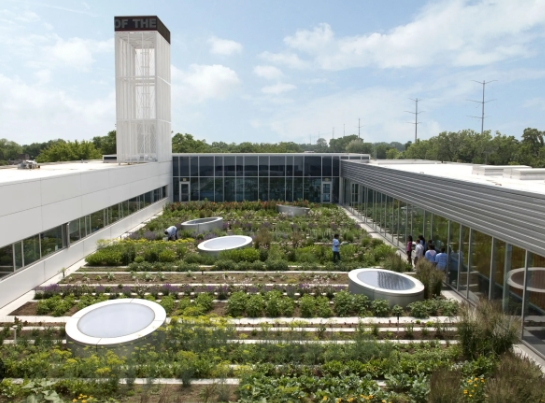Sustainable design is changing the game in landscape architecture, with a focus on creating beautiful and functional outdoor spaces while minimizing environmental impact.
1. Eco-friendly materials and practices
Designers are incorporating materials such as reclaimed wood, recycled glass, and native plants into their projects to reduce waste and promote sustainability.
2. Green infrastructure
Landscape architects are incorporating features such as rain gardens, green roofs, and permeable paving to manage stormwater runoff and improve water quality.
3. Energy efficiency
By including elements like solar panels, wind turbines, and energy-efficient lighting, landscape architects are able to reduce energy consumption and lower carbon emissions.
4. Biodiversity conservation
Creating habitats for wildlife, planting native species, and incorporating green corridors into designs are all ways landscape architects are working to protect biodiversity in urban areas.
5. Public health and well-being
Sustainable designs also prioritize the health and well-being of the people who use the outdoor spaces, with features like walking paths, community gardens, and outdoor fitness equipment.
6. Social equity
Landscape architects are designing spaces that are accessible and inclusive for all members of the community, regardless of age, ability, or socioeconomic status.
Overall, sustainable design is transforming landscape architecture by creating spaces that not only look great, but also benefit the environment, promote public health, and foster social equity. With a focus on innovation and creativity, landscape architects are leading the way in creating a more sustainable future for our outdoor spaces.

